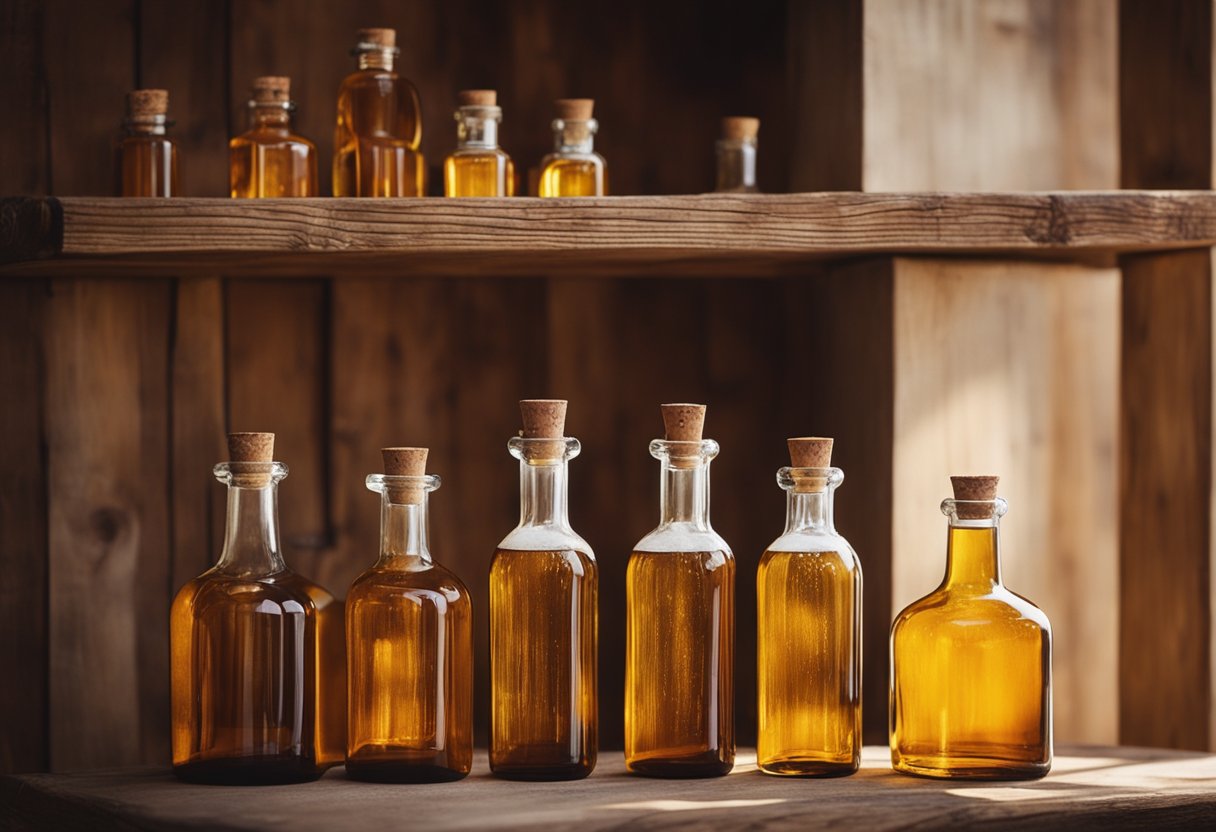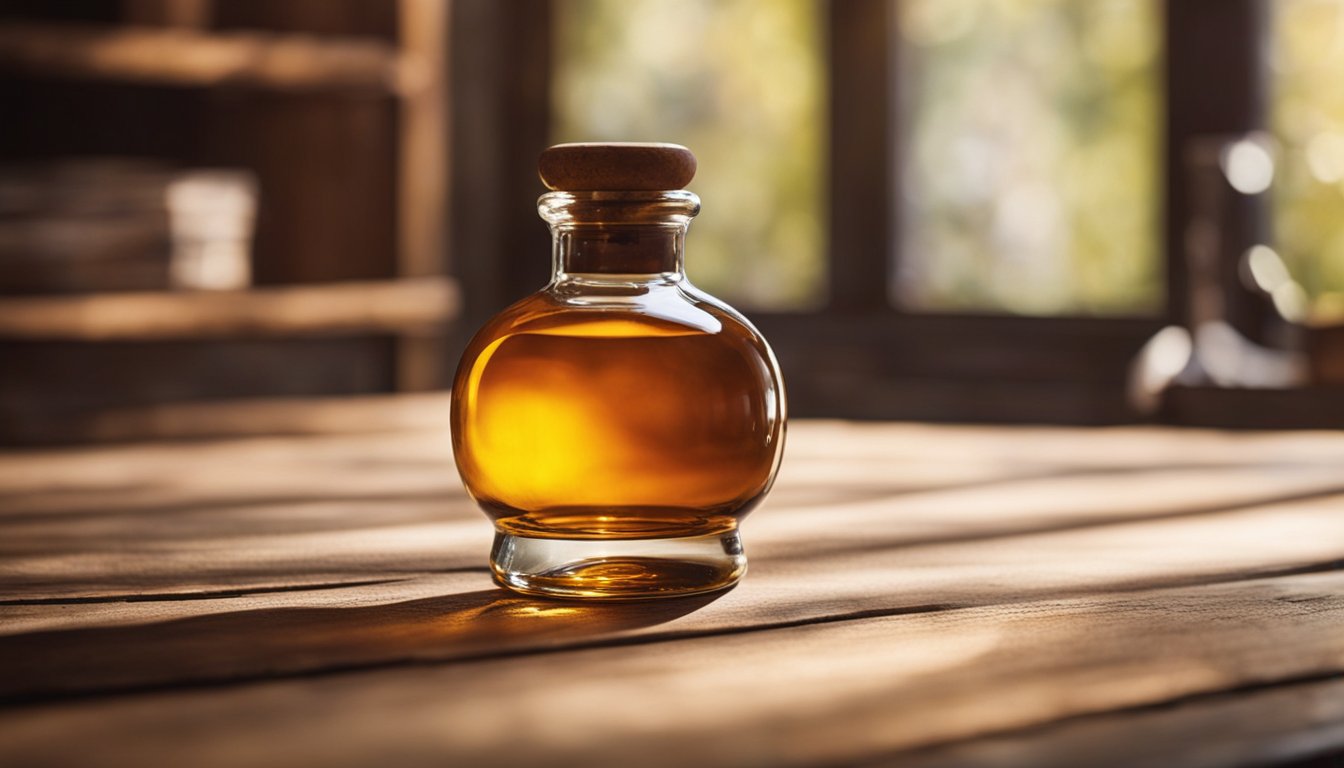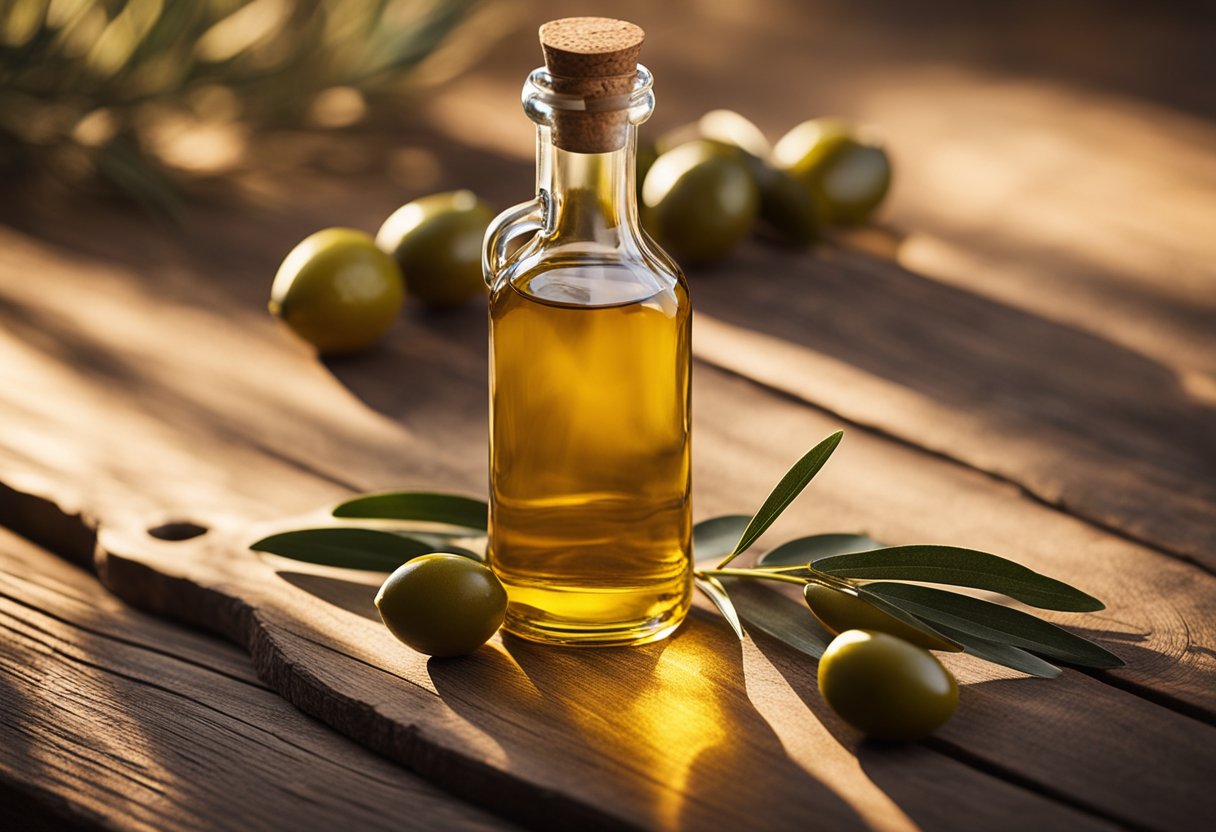If you’re a coffee lover, you might already know about cold brew coffee. It’s a type of coffee that is brewed with cold water instead of hot water. The result is a smoother, less acidic coffee that is perfect for warm weather. But have you ever tried making your own cold brew coffee at home? If not, you might want to consider investing in a cold brew coffee bottle.

A cold brew coffee bottle is a handy tool that allows you to make cold brew coffee at home with ease. It’s a simple process that involves adding coffee grounds and water to the bottle and letting it steep for several hours. The result is a delicious, refreshing cold brew coffee that you can enjoy at any time. Not only is it a great way to save money on coffee shop trips, but it’s also a fun and easy way to experiment with different coffee blends and flavors.
What Is Cold Brew Coffee?

If you’re a coffee enthusiast, you’ve likely encountered the growing trend of cold brew coffee. This refreshing beverage offers a unique flavor profile and smooth taste that sets it apart from traditional hot-brewed coffee.
History of Cold Brew
Cold brew coffee has been around for centuries, with its origins dating back to 17th-century Japan and the Dutch East India Company. The method of steeping ground coffee in cold water for an extended period was initially used to create a coffee concentrate that could be diluted with water. This allowed for a smoother, less acidic coffee that could be enjoyed hot or cold.
Cold Brew vs. Iced Coffee
It’s important to note the distinction between cold brew and iced coffee. While both are served cold, the brewing process and flavor profile differ significantly. Cold brew is made by steeping coarsely ground coffee beans in cold water for an extended period, resulting in a smooth, full-bodied coffee with lower acidity. On the other hand, iced coffee is brewed hot and then chilled over ice, retaining a more traditional coffee flavor with higher acidity levels.
Cold Brew Coffee Bottling

When it comes to bottling your homemade cold brew coffee, there are a few things to keep in mind to ensure that your coffee stays fresh and delicious for as long as possible. In this section, we’ll explore some of the key considerations for bottling your cold brew coffee, including the choice between glass and plastic, labeling and packaging, and preservation and shelf life.
Glass vs. Plastic
One of the first decisions you’ll need to make when bottling your cold brew coffee is whether to use glass or plastic bottles. Both options have their pros and cons, so it’s important to consider your priorities when making your choice.
Glass bottles are a popular choice for cold brew coffee because they are non-reactive and won’t affect the flavor of your coffee. They are also reusable and environmentally friendly. However, glass bottles can be heavy and breakable, which may not be ideal if you plan to transport your cold brew coffee.
Plastic bottles, on the other hand, are lightweight and shatterproof, making them a great option for on-the-go cold brew coffee. They are also less expensive than glass bottles. However, plastic is a porous material that can absorb flavors and odors, which may affect the taste of your coffee over time.
Labeling and Packaging
Once you’ve chosen your bottles, it’s important to label and package your cold brew coffee properly. Labeling your bottles with the date of brewing and the type of coffee used can help you keep track of freshness and ensure that you’re serving your coffee at its best. You may also want to consider adding your own branding or design to your labels to make your cold brew coffee stand out.
When packaging your cold brew coffee, consider using airtight containers to help preserve freshness. Vacuum-sealed bags or mason jars with airtight lids are both good options. If you’re transporting your cold brew coffee, be sure to use a sturdy container that won’t leak or spill during transit.
Preservation and Shelf Life
Finally, it’s important to understand how to preserve your cold brew coffee and how long it will last. Cold brew coffee can be stored in the refrigerator for up to two weeks, but it’s best to consume it within the first week for optimal freshness. If you want to extend the shelf life of your cold brew coffee, you can freeze it in an airtight container for up to six months.
To ensure that your cold brew coffee stays fresh and delicious, be sure to store it properly in the refrigerator or freezer, and avoid exposing it to excessive heat or light. With proper storage and packaging, you can enjoy your homemade cold brew coffee any time, anywhere.
Brewing and Bottling Process

Cold Brewing Techniques
Cold brew coffee is a popular way to enjoy coffee without the bitterness that comes with hot brewing methods. To make cold brew coffee, you’ll need a few things: coffee beans, water, and time. The basic idea behind cold brewing is to steep the coffee beans in cold water for an extended period of time, usually between 12 and 24 hours. This slow extraction process produces a smooth, flavorful coffee concentrate that can be diluted with water or milk to taste.
There are several cold brewing techniques, including immersion, slow drip, and Japanese-style iced coffee. Immersion is the most common method and involves steeping coffee grounds in cold water for an extended period of time. Slow drip involves slowly dripping cold water through a bed of coffee grounds over several hours, while Japanese-style iced coffee involves brewing hot coffee directly onto ice.
Filtration and Bottling
Once you’ve brewed your cold brew coffee, it’s time to filter and bottle it. Filtration is an important step in the process, as it removes any sediment or coffee grounds from the final product. There are several ways to filter cold brew coffee, including using a cheesecloth, paper filter, or mesh strainer.
To bottle your cold brew coffee, you’ll need glass bottles with airtight lids. It’s important to leave some air between the top of the bottle and the bottle’s shoulder to prevent the glass from cracking due to temperature changes. Slowly pour your cold brew coffee into the glass bottles, being careful not to add any sediment that remains at the bottom of your brewing jar.
Once your cold brew coffee is bottled, it can be stored in the refrigerator for up to two weeks. To serve, dilute the concentrate with water or milk to taste. Enjoy your smooth, flavorful cold brew coffee anytime, anywhere.
Flavor Profiles and Varieties
When it comes to cold brew coffee, the flavor profiles and varieties are endless. In this section, we’ll explore the different factors that contribute to the taste of cold brew coffee.
Coffee Bean Selection
The type of coffee beans used to make cold brew coffee greatly impacts its flavor profile. Generally, medium to dark roasted beans are preferred for cold brew due to their rich and bold flavor. However, you can experiment with different types of beans to find the perfect flavor for your taste buds.
Some popular types of coffee beans used for cold brew are:
- Colombian
- Brazilian
- Ethiopian
- Guatemalan
Each type of bean has its own unique flavor profile, so it’s worth trying out different varieties to find your favorite.
Infusions and Flavorings
Another way to add flavor to your cold brew coffee is by infusing it with different ingredients. Some popular infusions and flavorings include:
- Vanilla
- Cinnamon
- Chocolate
- Nutmeg
You can also experiment with adding fruits like berries or citrus to your cold brew for a refreshing twist.
When it comes to infusing your cold brew, the possibilities are endless. You can add ingredients directly to the coffee grounds before brewing or infuse the finished cold brew with flavorings.
Overall, the flavor profiles and varieties of cold brew coffee are limited only by your imagination. Experiment with different beans, infusions, and flavorings to find the perfect combination for your taste buds.
Marketing and Sales Strategies
Branding Cold Brew Bottles
Branding your cold brew coffee bottles is an essential step in marketing your product. Your brand should reflect the quality and uniqueness of your product. Consider using a catchy name and designing a logo that stands out. Use colors and fonts that are consistent with your brand image. You can also add a tagline that describes your product and sets it apart from the competition.
Distribution Channels
Choosing the right distribution channels is crucial to the success of your cold brew coffee bottle business. You can sell your product in local stores, cafes, and restaurants. You can also distribute your product online through your website or online marketplaces. Consider partnering with a distributor to reach a wider audience. Ensure that your product is easily accessible to your target market.
Target Demographics
Identifying your target demographic is essential in developing a successful marketing strategy. Cold brew coffee is popular among millennials and health-conscious consumers. Consider marketing your product to this group by highlighting its health benefits and unique taste. You can also target busy professionals who are always on the go by emphasizing the convenience of your product.
In summary, branding your cold brew coffee bottles, choosing the right distribution channels, and targeting the right demographic are essential in developing a successful marketing and sales strategy. By following these steps, you can increase your brand visibility, reach a wider audience, and boost your sales.















